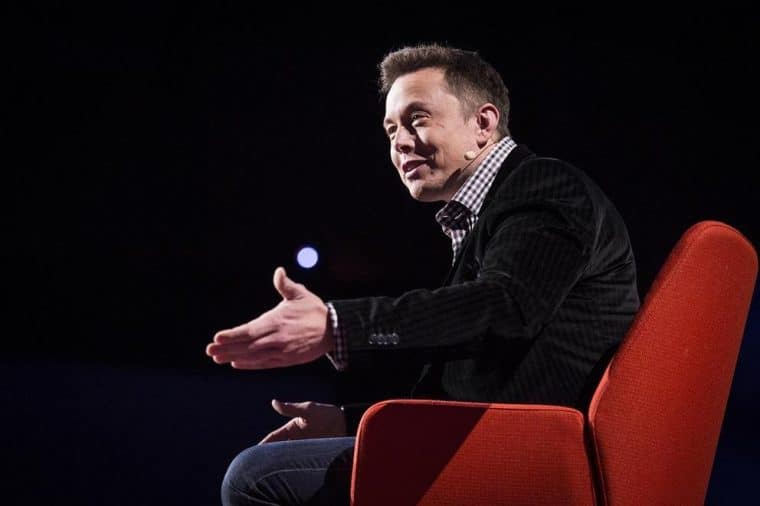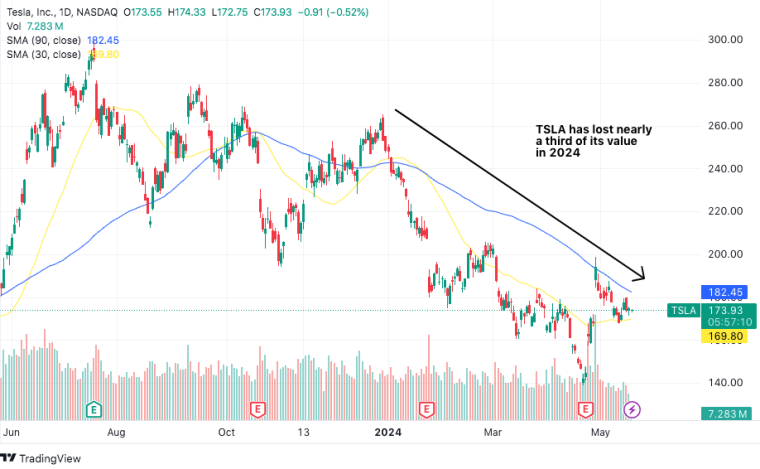In a major blow to Tesla’s ambitious self-driving technological ambitions and its CEO’s bold vision for an autonomous robotaxi service, new data reveals that an overwhelming 98% of owners opted against subscribing to the company’s Full Self-Driving (FSD) software after giving it a try through a free trial offered by the company in late March.
This finding, which comes from credit card data covering nearly 3,500 Tesla owners who participated in the complimentary FSD demo, paints a dire picture of the future of the controversial driver-assistance technology.
Despite the firm’s heavy promotion and the latest discount offered on the FSD subscription, it appears that the vast majority of customers remain unconvinced that the capabilities are worth the extra cost.
Tesla Pushed FSD by Cutting Its Price by a Third While Offering Test Runs
In March 2023, Tesla launched an aggressive new marketing campaign aimed at boosting the adoption of its FSD software.
The centerpiece involved offering all new vehicle buyers in North America a free monthly trial of the “beta” driver-assistance feature, which promises enhanced automated driving capabilities including computer-assisted lane changes, parking, and guided autonomous driving through city streets.
Historically priced at a lofty $12,000 upfront fee, Tesla (TSLA) cut the cost of enrolling in the FSD program down to a still rather pricy $8,000 one-time payment or a $99 monthly subscription in a bid to lure more buyers.
Musk even issued an internal directive for Tesla’s delivery staff to give live FSD demonstrations to each new owner during the handover process – a first for the company.
The goal of this was to give customers first-hand experience with the automated system and prompt a ‘WOW’ reaction that may ultimately prompt them to subscribe or pay the hefty fee to access FSD for life. Despite how impressive the tech is, it seems like the price is simply too high for most Tesla owners.
Musk’s Robotaxi Project Hinges on FSD Success

For the eccentric billionaire and self-professed “technoking” of Tesla, the success of the FSD program is pivotal to realizing his ambitions of deploying a worldwide fleet of autonomous robotaxis that does not require human drivers or owners.
In regards to this bet, Dan Ives from Wedbush Securities, a long-time follower of Tesla and its growth story, commented: “While the long term valuation story at Tesla hinges on FSD and autonomous, a key missing piece in that puzzle is Tesla making FSD available in China which is now a done deal.”
Tesla gained approval from Chinese authorities to make available its FSD software in the country in late April. This was considered a landmark moment for the electric vehicle manufacturer as it allows it to compete with domestic companies who are actively developing similar technology for their vehicles.
Also read: Didi Is Working on Self-Driving Cars and Plans Robotaxi Service by 2025
Tesla has invested heavily in neural networks and training data for its proprietary self-driving AI, with Musk claiming that FSD software could be capable of human-level driving ability and achieve full point-to-point autonomous trips this year.
Musk himself has missed many previous self-imposed FSD timelines over the past half-decade. In 2015, he claimed that Tesla’s cars would achieve full autonomy by 2018 while he said a year later that this would be a done deal by 2020.
Meanwhile, the CEO of the EV maker said this year that the company’s robotaxi fleet will be revealed by August. The low adoption rate of FSD by American users may indicate that the software lacks the sophistication to be considered a life-changing driving experience that justifies its price tag.
Nevertheless, Musk has repeatedly staked Tesla’s future on realizing his robotaxi vision and using the technology to usher in the next phase of disruptive transportation. However, the dismal FSD trial conversion figures call into question whether consumers are currently on board with the company’s approach and current product capabilities.
Understanding Tesla’s Poor FSD Conversion Rate
The insights delivered from YipitData and Moomoo Technologies were derived from dissecting credit card transactions from approximately 3,500 Tesla vehicles owners who activated the FSD free trial in March and April across North America.
Out of that sample, a mere 50 users – under 2% of the sample – were persuaded to pay the $8,000 upfront cost or a subscription fee of $99 monthly once their demo period expired.
Also read: UK Self-Driving AI Startup Wayve Lands $1 Billion Series C
While the 3,500 vehicle sampling represents a relatively small slice of Tesla’s total North American customer base of 1.8 million, analysts suggest that the paltry uptake percentage can still be considered relevant to analyze the program’s intake.
So, which factors contributed to such a low FSD conversion rate despite Tesla’s heightened promotional efforts?
#1 – Safety and Capability Concerns
First and foremost, as its very name implies, Tesla’s Full Self-Driving suite is still a Level 2 driver-assistance system that legally requires the attention of a human operator at all times. To clear things up, it is not a fully autonomous Level 4 or 5 system.
“Autopilot is an advanced driver-assistance system that assists your car with steering, accelerating and braking for other vehicles and pedestrians within its lane. It assists with the most burdensome parts of driving and works alongside features like emergency braking, collision warning, and blind-spot monitoring,” the company emphasizes in its marketing materials.
The dissonance between the “full self-driving” claims and what the product can actually deliver may be a cause for disappointment for customers who, after experiencing the technology’s realistic limitations, opt out of paying $8,000 for it.
#2 – Hefty Price Tag
Even after Tesla’s recent price cut, the $8,000 permanent FSD license remains a tough sell for capabilities that better resemble advanced cruise control and traffic navigation assistance rather than full point-to-point autonomous operation as the company’s marketing efforts imply.
Until Tesla can deliver and properly price FSD to reflect its actual utility, adoption rates will likely remain depressed. The $99 monthly subscription could ease these financial barriers, but, considering the state of the economy and how much this adds up to consumers’ already strained budgets, many may take a rain check on further deepening their ties to lofty subscription packages.
#3 – Lack of Differentiation
Tesla’s struggles to deliver on its promises of bringing FSD to the market have given rival automakers more than enough time to develop software that competes with its assisted-driving capabilities.
If owners are not overwhelmingly amazed by the additional functionalities and comfort that FSD brings to the table over existing Autopilot features offered by competitors, they may simply opt to buy vehicles from other brands as there is no competitive edge on Tesla’s side.
Moreover, the Tesla Autopilot feature, which is currently free and comes as a standard capability for all vehicles manufactured by Musk’s company, could be considered a good enough level of assisted driving for some customers when compared to the extra cost that they would have to pay for accessing the premium version of the software (FSD).
#4 – Competition Looming from OEMs
Finally, Tesla’s FSD already faces competition from other advanced driver assistance packages offered by legacy manufacturers like Ford’s BlueCruise, GM’s Super Cruise, Mercedes’ DriveAssist, and others.
These systems generally match existing FSD’s functionality for lower (if any) subscription fees (e.g. BlueCruise costs $800 per year or $75 per month) that may be luring safety-conscious buyers away.
Tesla Needs a Win to Reverse the Losses its Share Price Has Seen This Year
The remarkably low FSD conversion rate after the free trial represents a major setback for Tesla’s efforts to monetize its self-driving software.
The company spends nearly $4 billion annually in R&D and has devoted a substantial portion of this budget to advancing the Autopilot and FSD software suites.
It remains to be seen if Musk will live up to his promise of unveiling the new fleet of Tesla robotaxis by August this year or if this will be yet another attempt to prop up investors with the expectation of lending a hand to the company’s share price, which has suffered a significant drop this year.
Thus far in 2024, Tesla stock has shed more than 30% of its value as the company continues to struggle with steep competition in China – a key market for its expansion – and is also facing lower demand in the United States as financing costs have increased for consumers due to the Federal Reserve’s latest interest rate hike campaign aimed at slowing down inflation.
